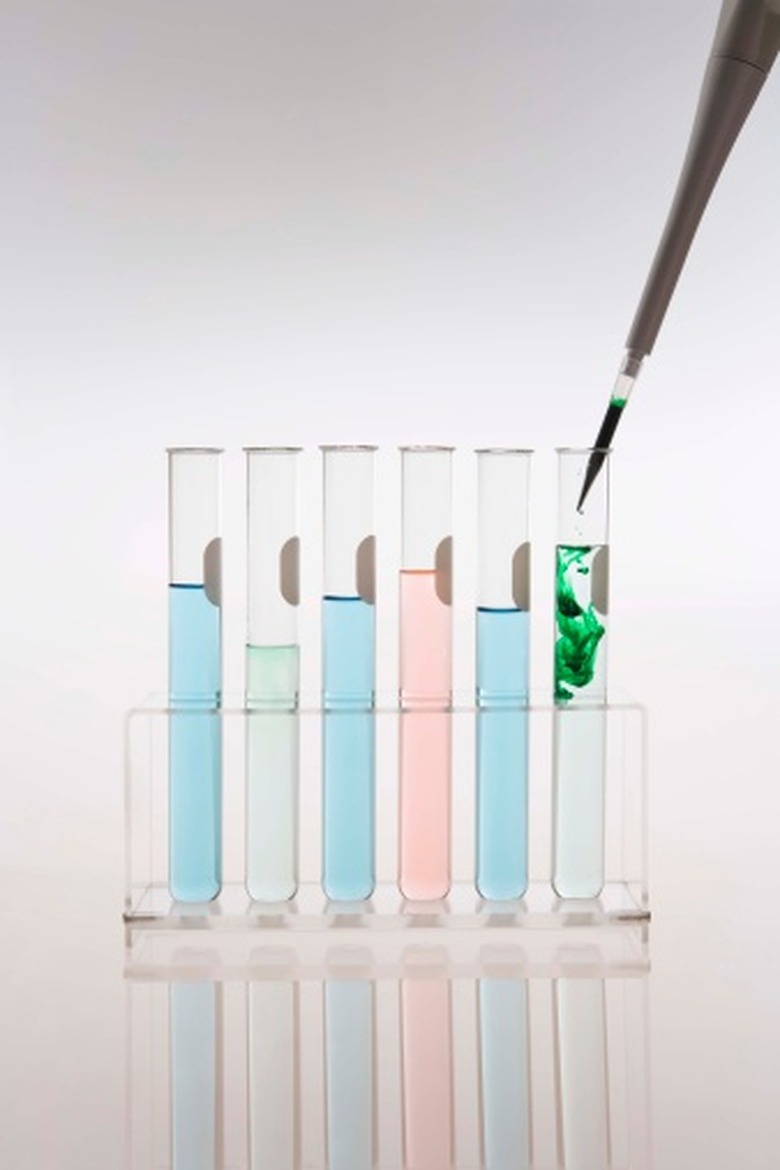How To Find The Limiting Reactant In Stoichiometry
Imagine you invite five friends to your house and only have four cookies. There are only going to be enough cookies for four of your friends. This means that the cookies are the limiting factor. You should've made more cookies!
In the same way, there is usually a limiting factor (also called limiting reagent or limiting reactant) in chemical reactions.
When you carry out a chemical reaction in the lab the reactants are usually not in stoichiometric amounts. In other words, you probably don't have the proportions that are indicated by the balanced chemical equation.
This means that at some point you will use up one of the reactants, and the reaction will stop. This reactant is called the limiting reactant. In the example above, the cookies are the limiting reactant.
The other reactant, the one there is plenty of, is called the excess reactant or excess reagent.
Determining Which Is the Limiting Reactant
Determining Which Is the Limiting Reactant
Take a look at the following reaction between ammonia and carbon dioxide, which is used to make urea (NH2)2CO. Urea is a chemical often used by biochemists.
\(2NH_3(g)+CO_2(g) \rightarrow (NH_2)_2CO(aq)+H_2O(l)\)
This equation tells us that for every one mole of carbon dioxide, two moles of ammonia are required in order to make one mole of urea and one mole of water. Suppose that 4 moles of carbon dioxide are added to 12 moles of ammonia. How many moles of ammonia are needed to react with the entire 4 moles of carbon dioxide?
\(4mol\enspace CO_2 \Biggl(\dfrac{2mol\enspace NH_3}{1mol\enspace CO_2}\Biggr) = 8mol \enspace NH_3\)
Thus, four moles of carbon dioxide require 8 moles of ammonia. This means that there will be 4 moles of ammonia left over. This indicates that carbon dioxide is the limiting reactant while ammonia is the excess reactant.
You could also figure out which one is limiting by figuring out how much carbon dioxide is required to react with 12 moles of ammonia:
\(12mol\enspace NH_3 \Biggl(\dfrac{1mol\enspace CO_2}{2mol\enspace NH_3}\Biggr) = 6mol \enspace CO_2\)
In order to use up all 12 moles of ammonia, you would need 6 moles of carbon dioxide. You only have four. This means that carbon dioxide is the limiting reactant. Either way, you find that carbon dioxide is the limiting reactant.
The limiting reactant is not a property of the chemical equation. It depends entirely upon how much you have of a given substance when doing a reaction.
Finding the Limiting Reactant When Given Mass of Reactants
Finding the Limiting Reactant When Given Mass of Reactants
Now that you know how to find the limiting reactant, take a look at this example.
Aluminum chloride can be made by reaction aluminum and chlorine:
\(2Al+3Cl_2 \rightarrow 2AlCl_3\)
What is the limiting reactant if you have 25 g of Al and 32 g of Cl2?
Before beginning, check the equation to make sure it is balanced. Then, familiarize yourself with it. It looks like 2 moles of aluminum react with 3 moles of Cl2 in order to make 2 moles of aluminum chloride. Since you know the relationship between the two in moles, but not by mass, convert the mass of both reactants into moles by using the molar mass of the substances.
Moles of aluminum:
\(25g\enspace Al \Biggl(\dfrac{1mol\enspace Al}{26.98g\enspace Al}\Biggr) = 0.93mol \enspace Al\)
Moles of chlorine:
\(32g\enspace Cl_2 \Biggl(\dfrac{1mol\enspace Cl_2}{70.90g\enspace Cl_2}\Biggr) = 0.45mol \enspace Cl_2\)
Now, what if you use all of the aluminum? How much chlorine would be needed?
\(0.93mol\enspace Al\Biggl(\dfrac{3mol\enspace Cl_2}{2mol\enspace Al}\Biggr) = 1.4mol \enspace Cl_2\)
You would need 1.4 moles of chlorine, but you don't have that much chlorine. There is only 0.45 moles of chlorine. This means that chlorine is the limiting reactant.
You can confirm this by figuring out how many moles of aluminum would be needed to react with all of the chlorine:
\(0.45mol\enspace Cl_2\Biggl(\dfrac{2mol\enspace Al}{3mol\enspace Cl_2}\Biggr) = 0.3mol \enspace Al\)
To react with all of the chlorine you would need 0.3 mol of aluminum, and there are 0.93 moles of aluminum. This confirms that there is enough aluminum to react with all of the chlorine. Chlorine is the limiting reactant, and aluminum is the excess reactant.
References
Cite This Article
MLA
Gupta, Riti. "How To Find The Limiting Reactant In Stoichiometry" sciencing.com, https://www.sciencing.com/limiting-reactant-stoichiometry-8339001/. 16 February 2020.
APA
Gupta, Riti. (2020, February 16). How To Find The Limiting Reactant In Stoichiometry. sciencing.com. Retrieved from https://www.sciencing.com/limiting-reactant-stoichiometry-8339001/
Chicago
Gupta, Riti. How To Find The Limiting Reactant In Stoichiometry last modified August 30, 2022. https://www.sciencing.com/limiting-reactant-stoichiometry-8339001/
